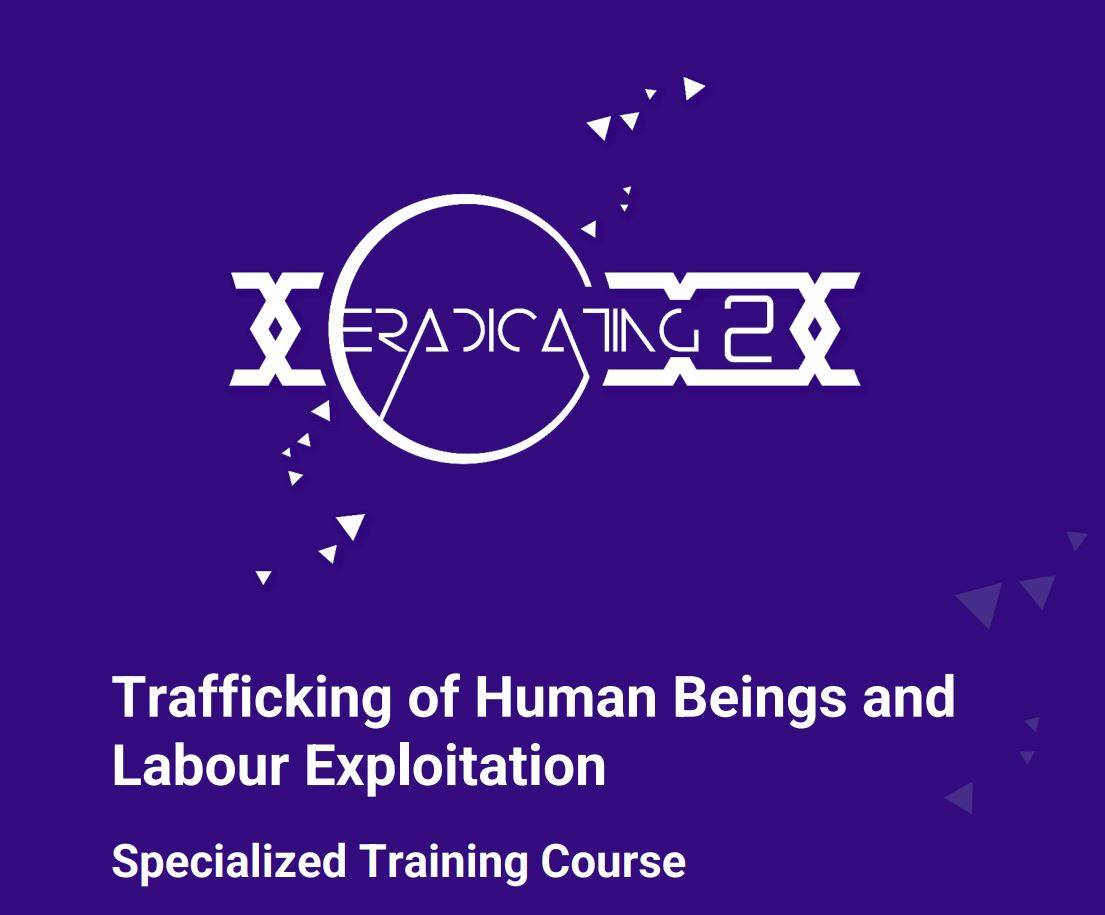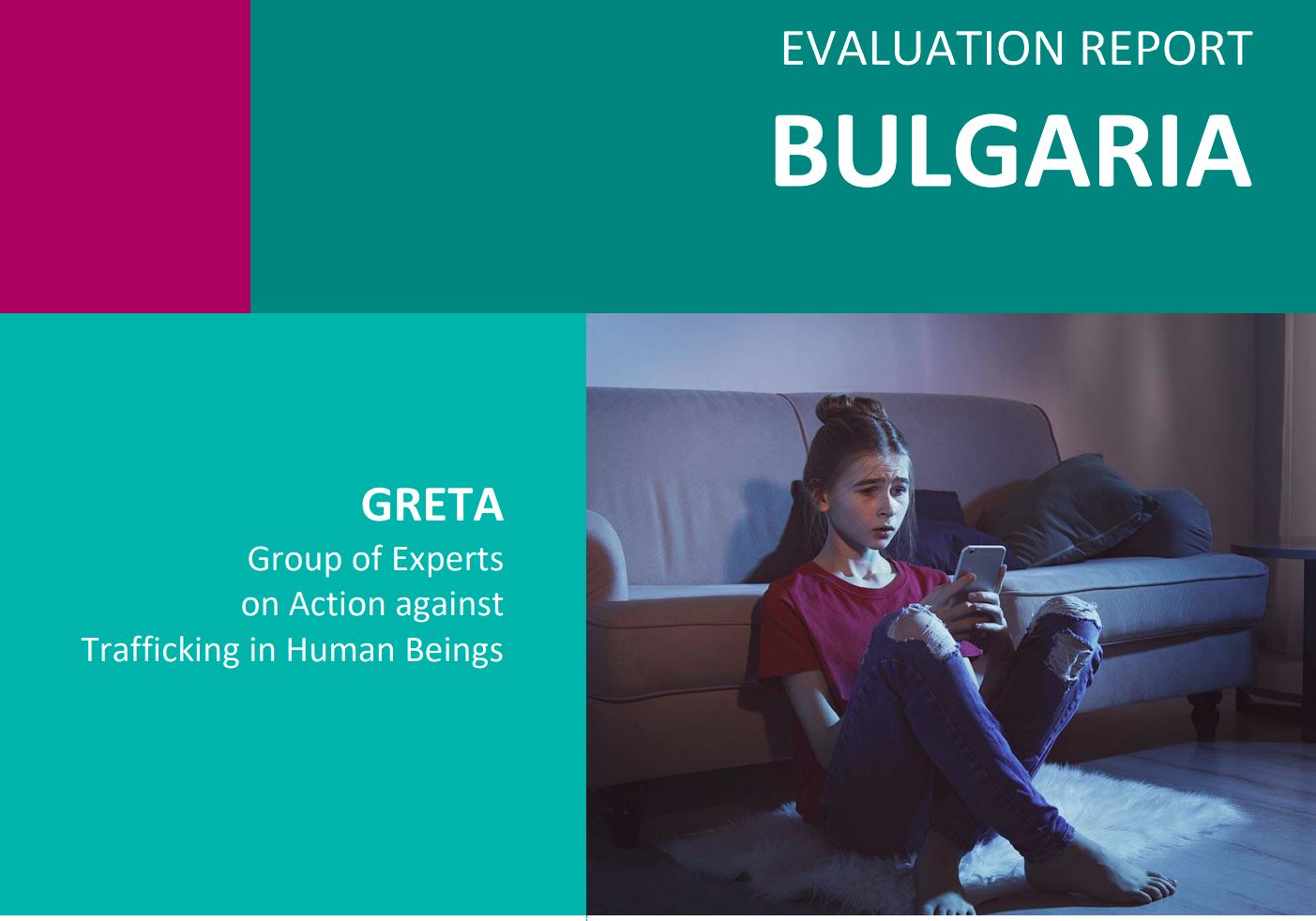How Institutions Can More Effectively Counter Labour Trafficking

Labour exploitation is one of the most widespread and difficult-to-detect forms of human trafficking in the European Union. According to the latest report of the European Commission covering the period 2021–2022, labour exploitation remains the second most prevalent form of trafficking in the EU, accounting for 37% of all registered cases, with 70% of the victims being men.
In several European countries, however, labour trafficking already constitutes the majority of identified cases, and it is expected to become the leading form of detected human trafficking in the near future. In Bulgaria, sexual exploitation of women and girls continues to be the predominant form among identified victims of trafficking. At the same time, there is a noticeable increase in identified cases of forced labour, with men representing the majority of these victims.
Labour exploitation in Bulgaria most commonly occurs in agriculture, construction, services, and domestic work, where oversight mechanisms often fail to reach workers and violations remain hidden. The war in Ukraine has also increased the vulnerability of large groups of people, over 7 million refugees, mostly women and children, face an elevated risk of exploitation due to language barriers, informal employment, and economic insecurity.
How We Address Labour Exploitation
Effective counteraction to labour exploitation requires well-coordinated efforts among the institutions involved – law enforcement agencies, the prosecution service, labour inspectorates, and frontline professionals.
To respond promptly and professionally, practitioners need to be familiar with:
- Indicators of labour exploitation;
- Referral and victim protection mechanisms;
- The legal and procedural framework at both national and European level;
- Methods of evidence collection and ensuring inter-agency coordination.
In today’s context, recognising labour trafficking also demands new competencies like identifying digital recruitment patterns, tracking financial flows, and applying a trauma-informed approach when interacting with victims.
Training Resources for Institutional Capacity
In response to these needs, the ERADICATING II Project, co-funded by the European Commission under the Internal Security Fund (ISF), has developed a comprehensive training toolkit aimed at strengthening the capacity of law enforcement agencies, labour inspectors, and frontline professionals to identify, investigate, and combat labour exploitation and human trafficking. The toolkit covers 13 key thematic units, available on the project website: https://www.eradicating2project.eu/learning-materials/.
The materials combine theoretical knowledge with practical tools and real-life examples to support cross-border cooperation, victim protection, and effective prosecution.
Additional Materials
Alongside the main training content, two concise guides have been developed, summarising the key indicators of labour exploitation and practical steps for action:
- Guide for End Users – designed for professionals working directly in the field. It includes concrete indicators for identifying cases of exploitation and guidance for inter-agency coordination.
- Guide for the Public – aimed at increasing public awareness and encouraging citizens to take part in prevention efforts and report suspected cases of labour exploitation.
Both publications translate the complex issue of human trafficking into clear, actionable steps that can be applied immediately in everyday practice.
From Knowledge to Coordinated Action
The creation of a unified set of training resources enables institutions across Europe to apply a consistent and coordinated approach to cases of labour exploitation. This not only facilitates the identification and investigation of crimes, but also ensures better protection of victims and helps prevent re-victimisation.
The training materials developed under ERADICATING II represent a valuable resource for all professionals involved in law enforcement and the protection of human rights. They provide practical, applicable tools for real-world situations and can be integrated into the daily institutional practice of those committed to countering labour trafficking effectively.
Latest News:

Vulnerabilities to Labour Exploitation: Field Insights from Kardzhali and Shumen

How Institutions Can More Effectively Counter Labour Trafficking
